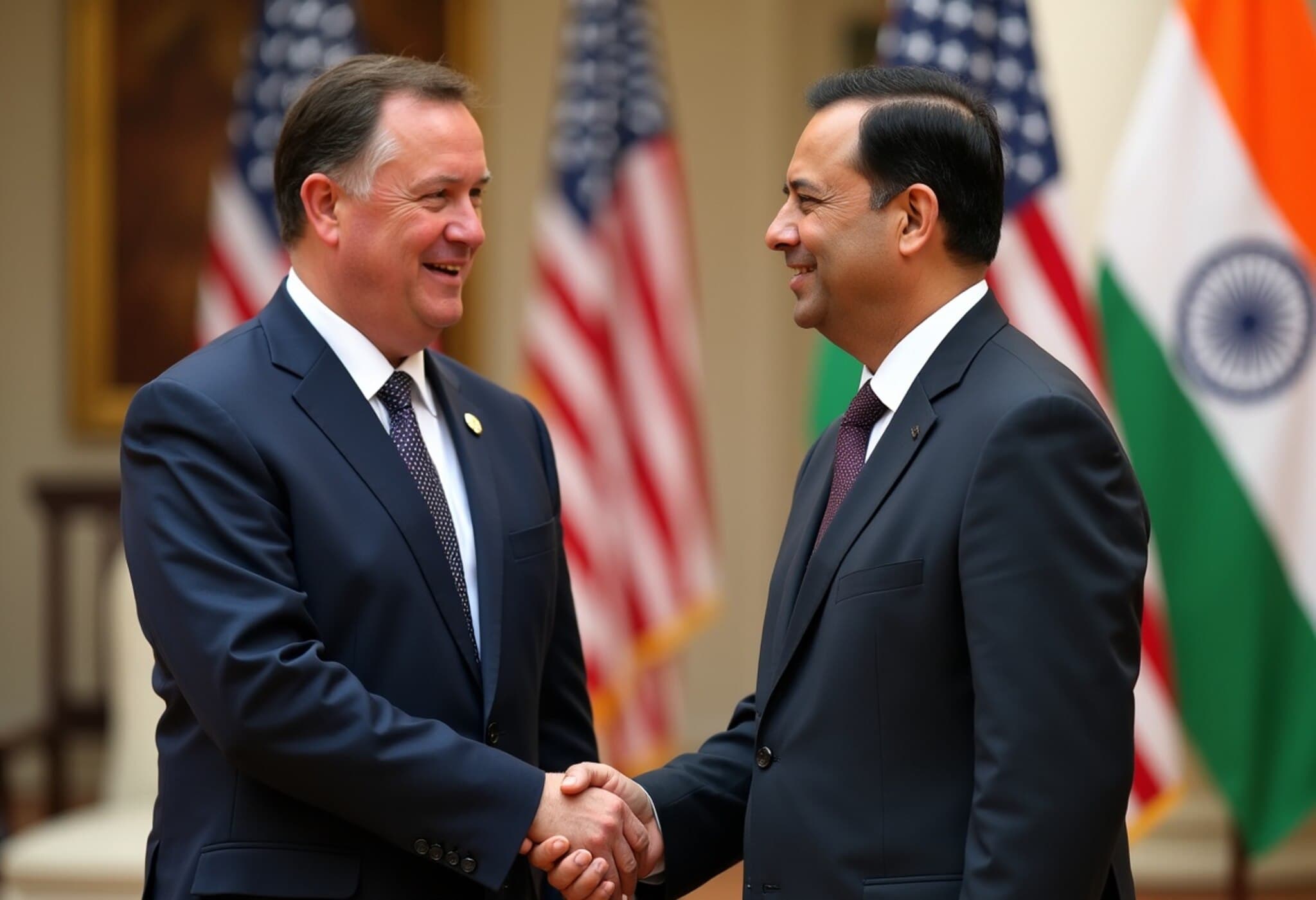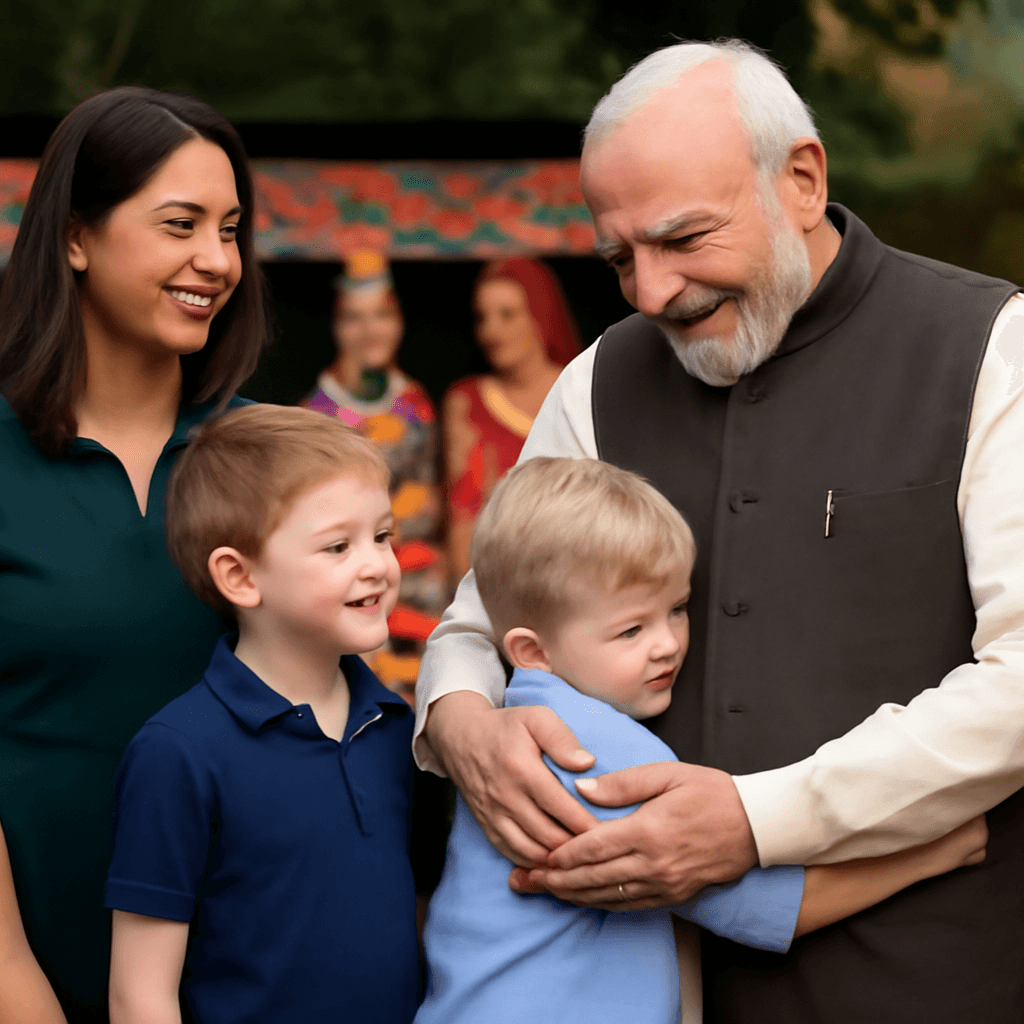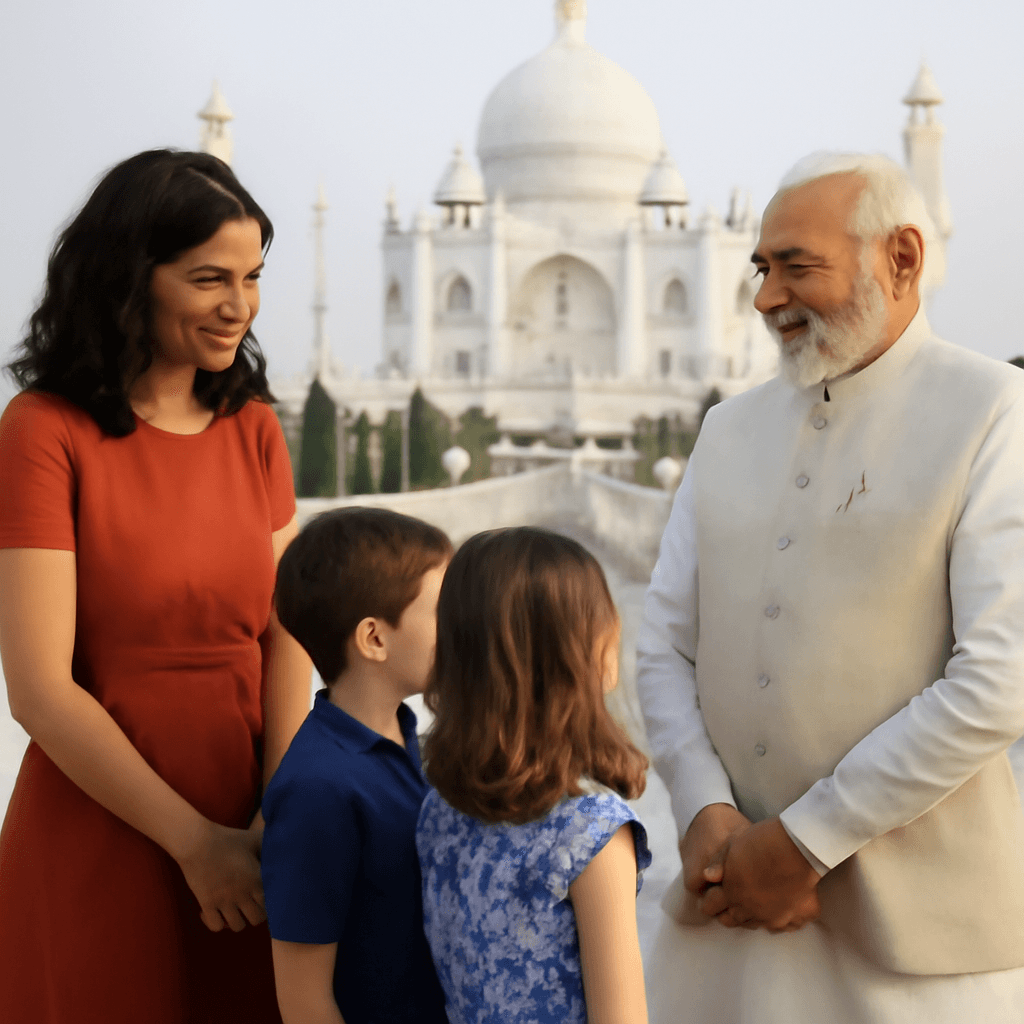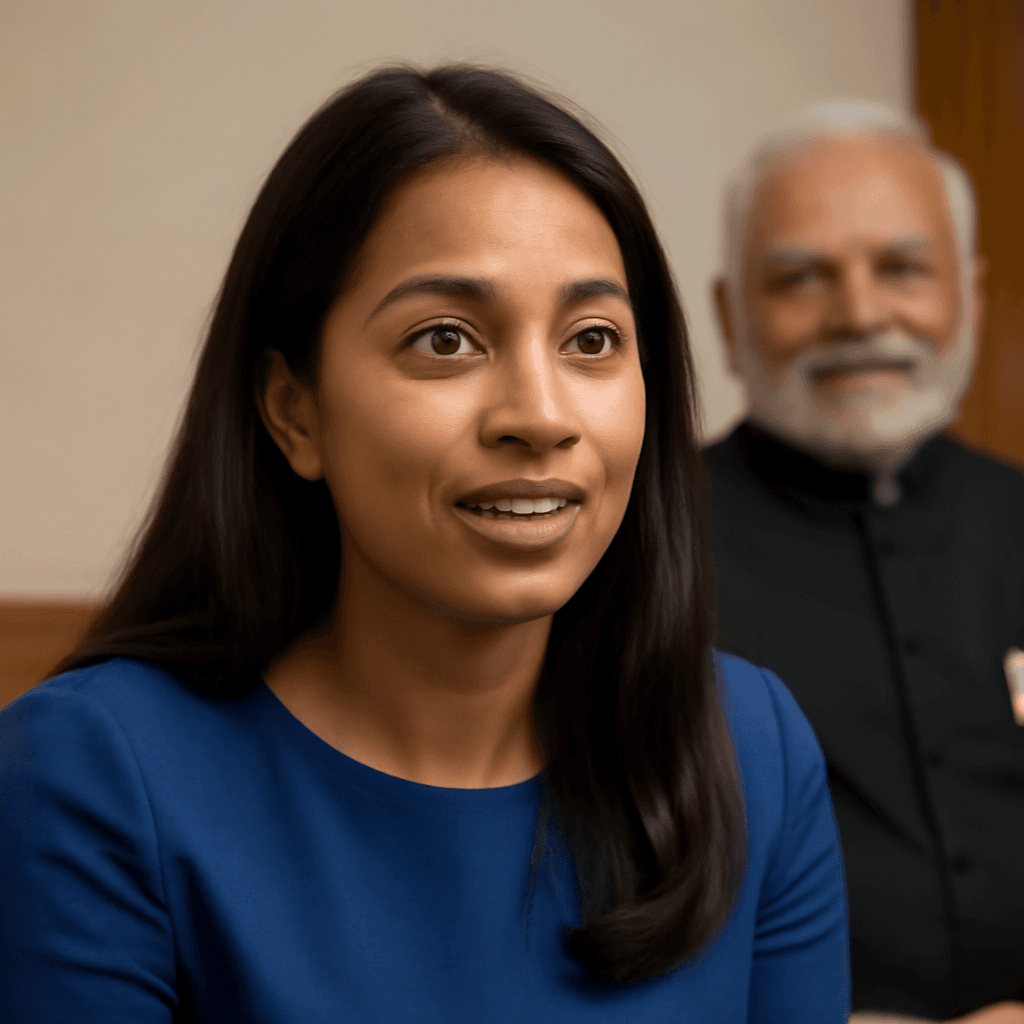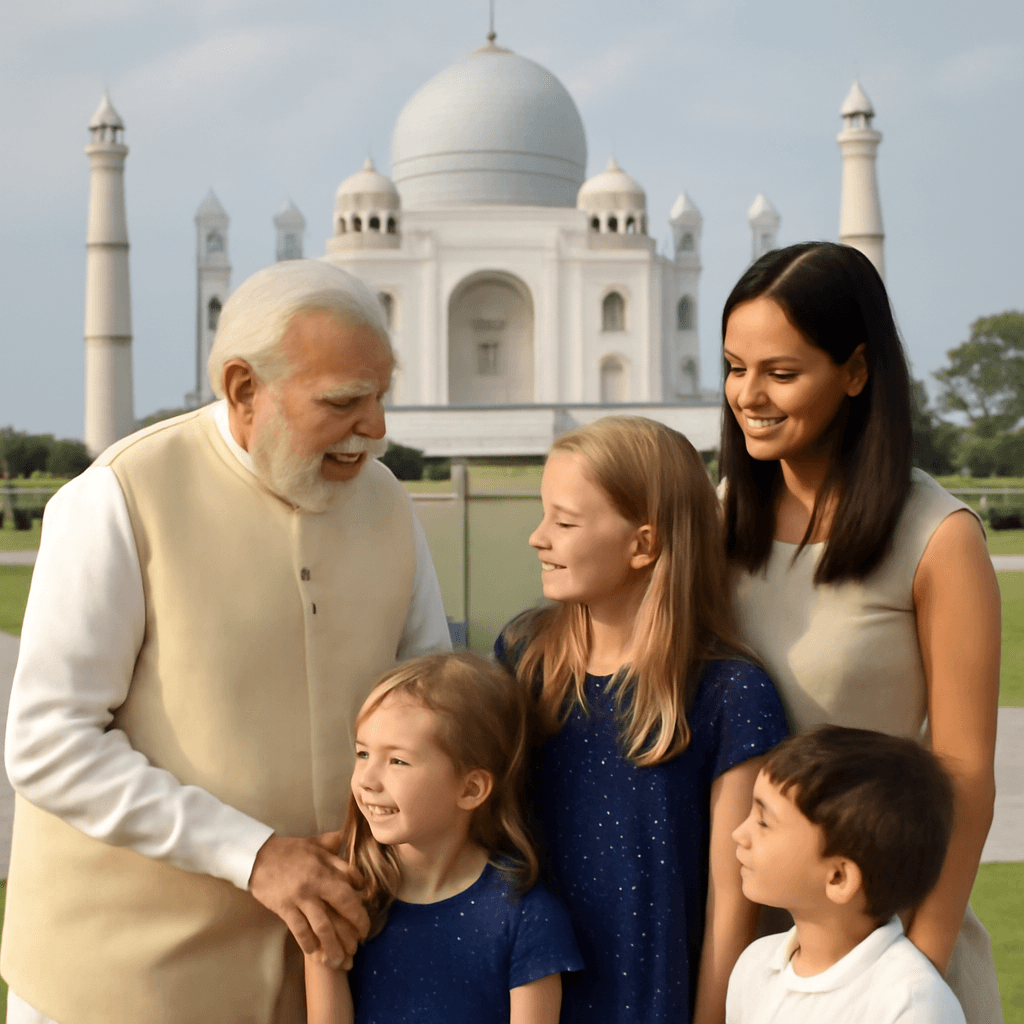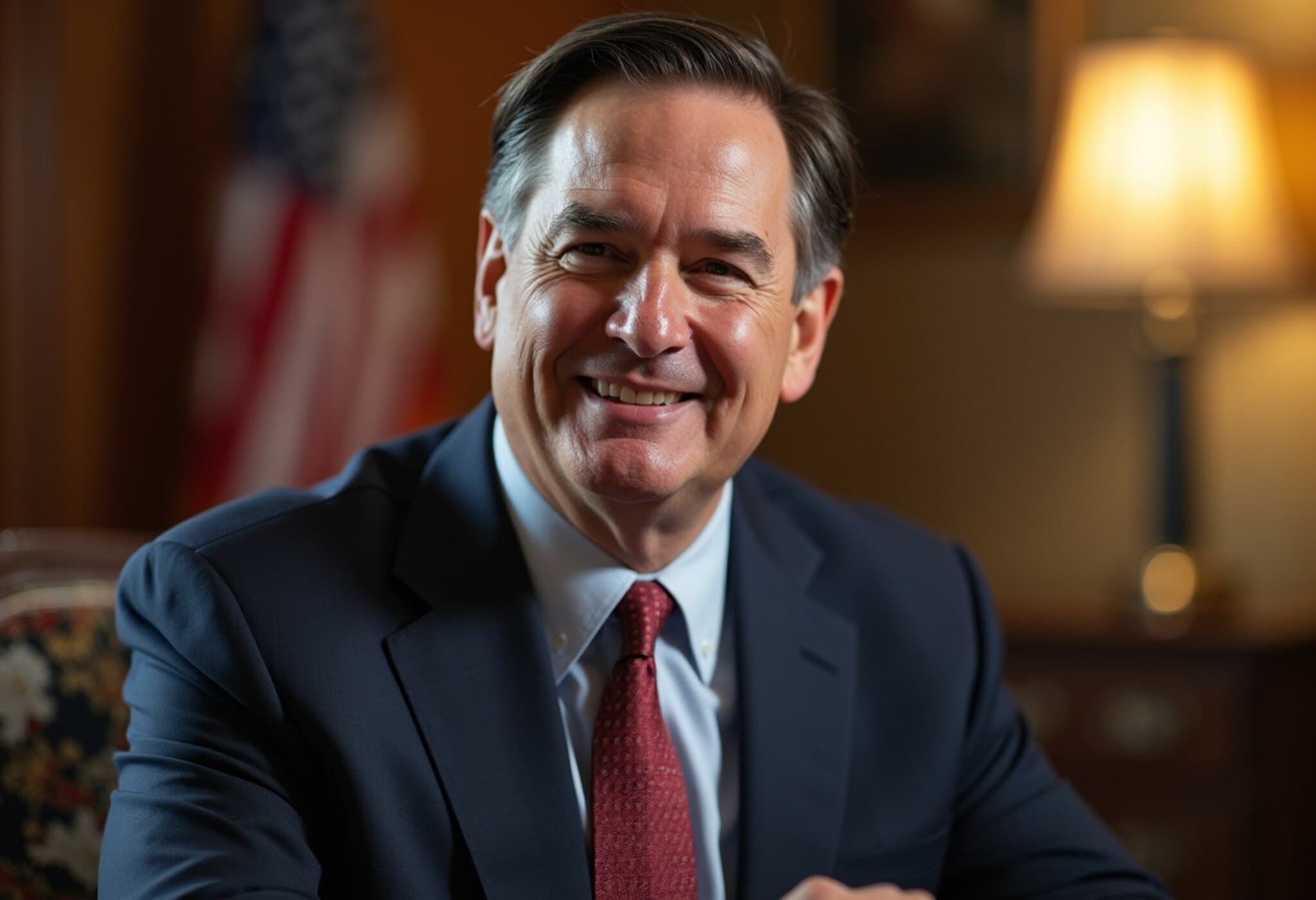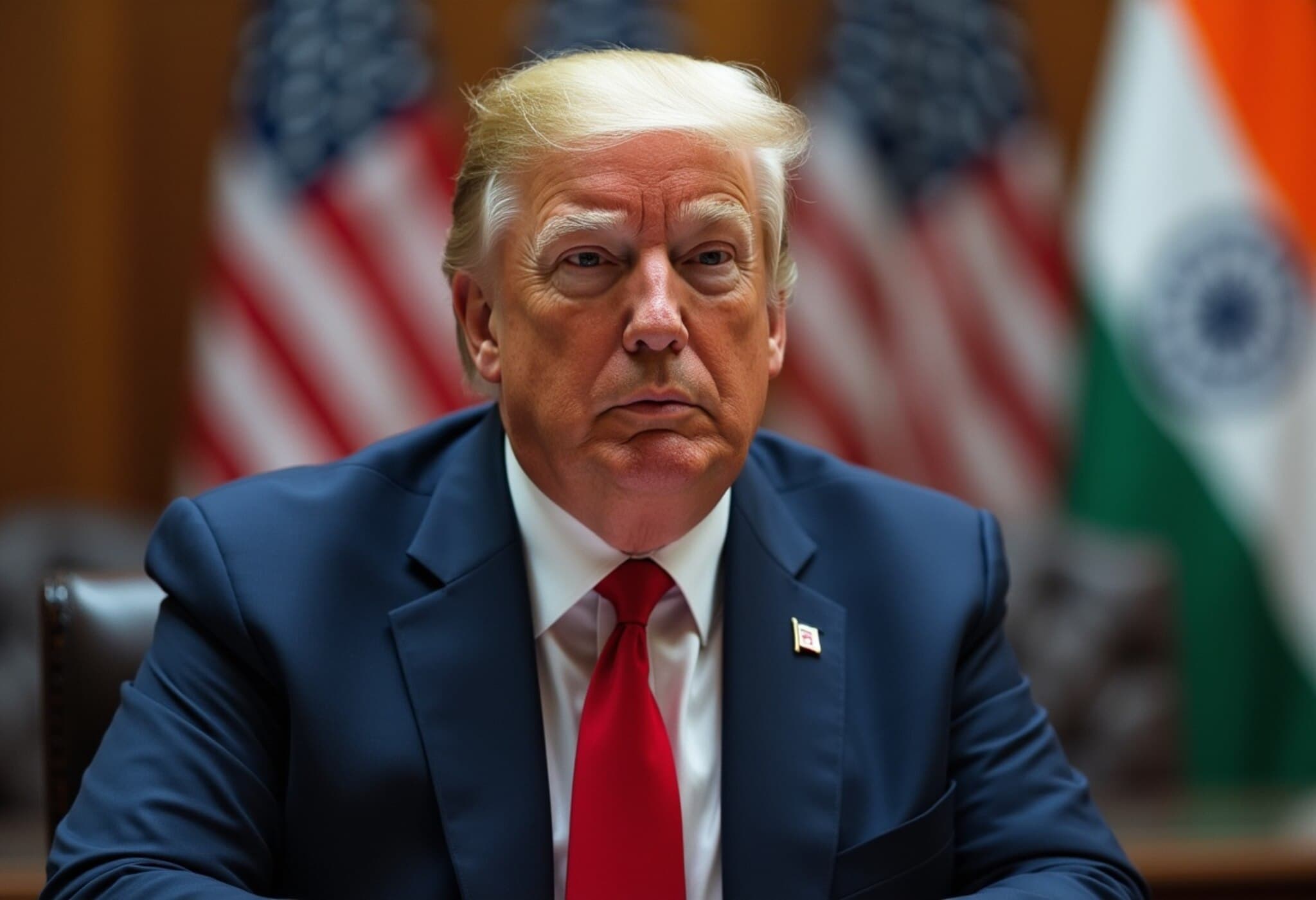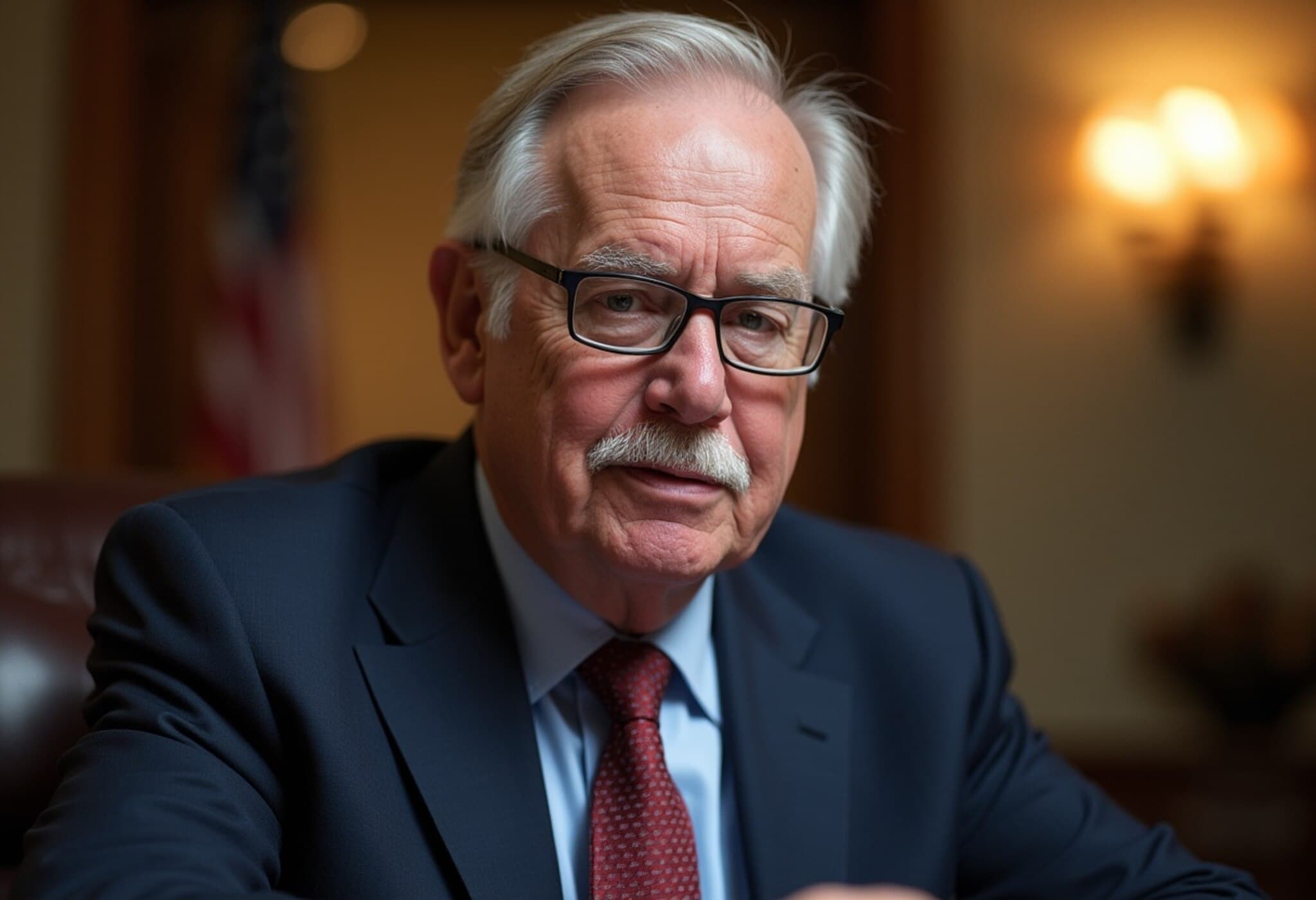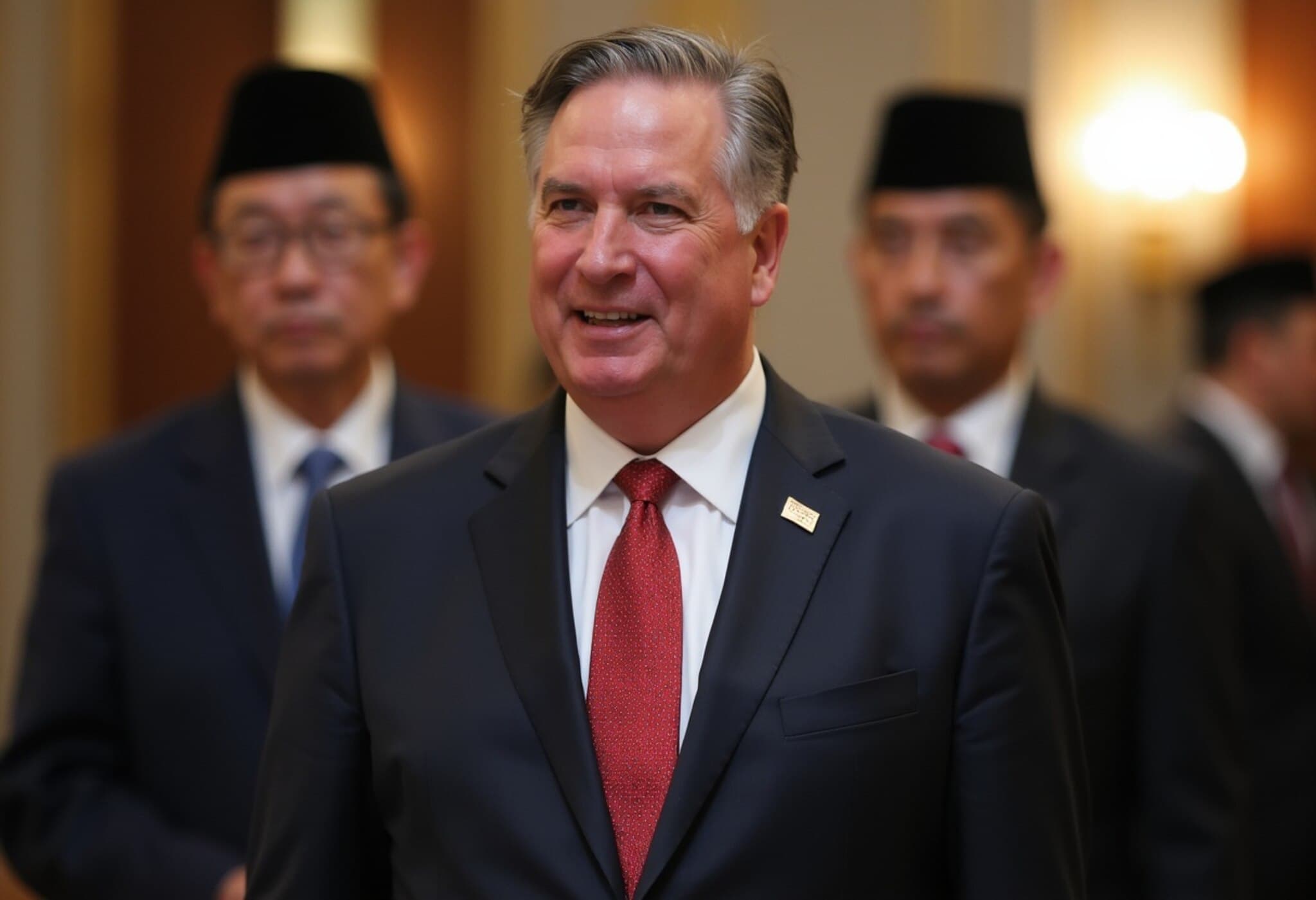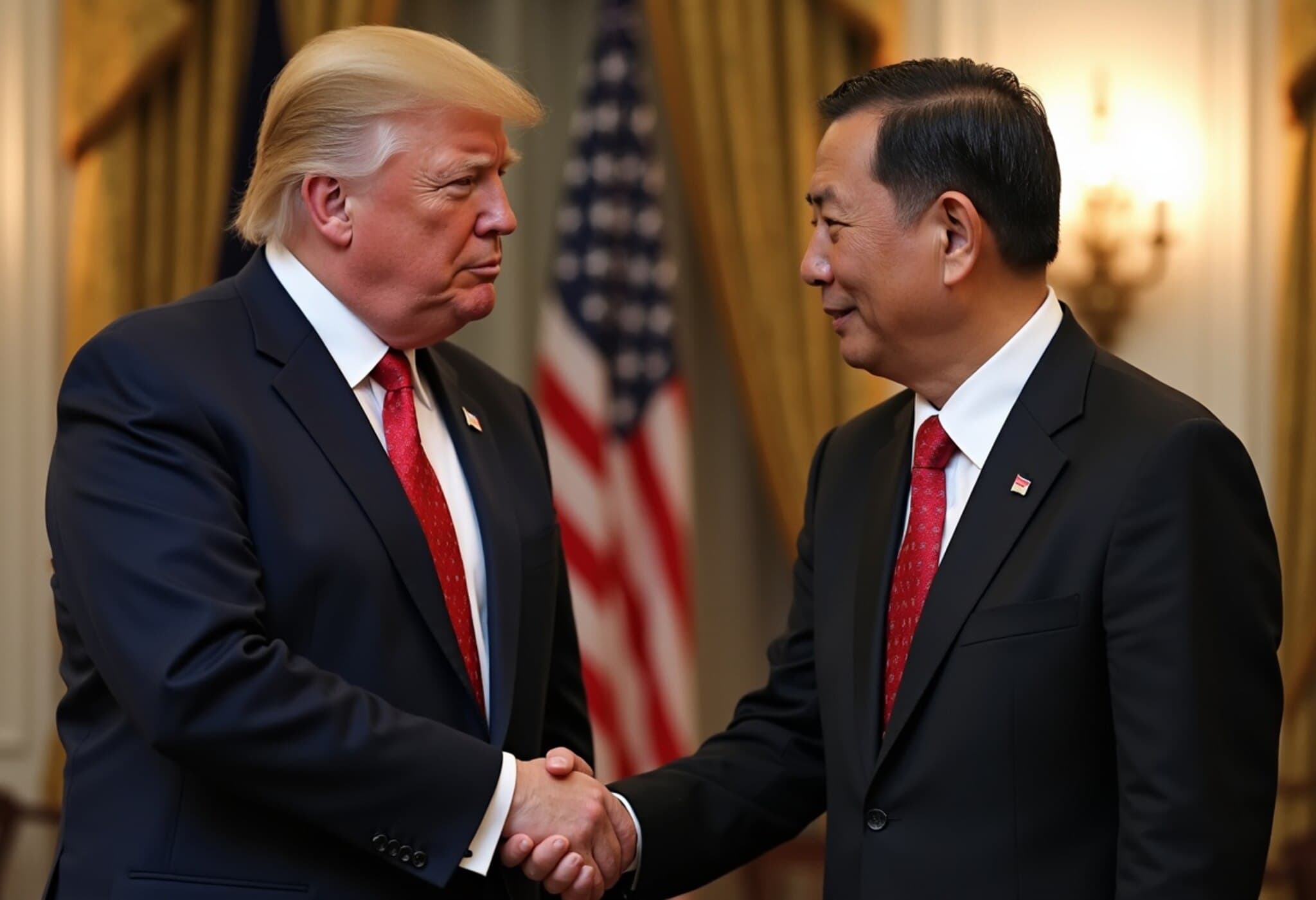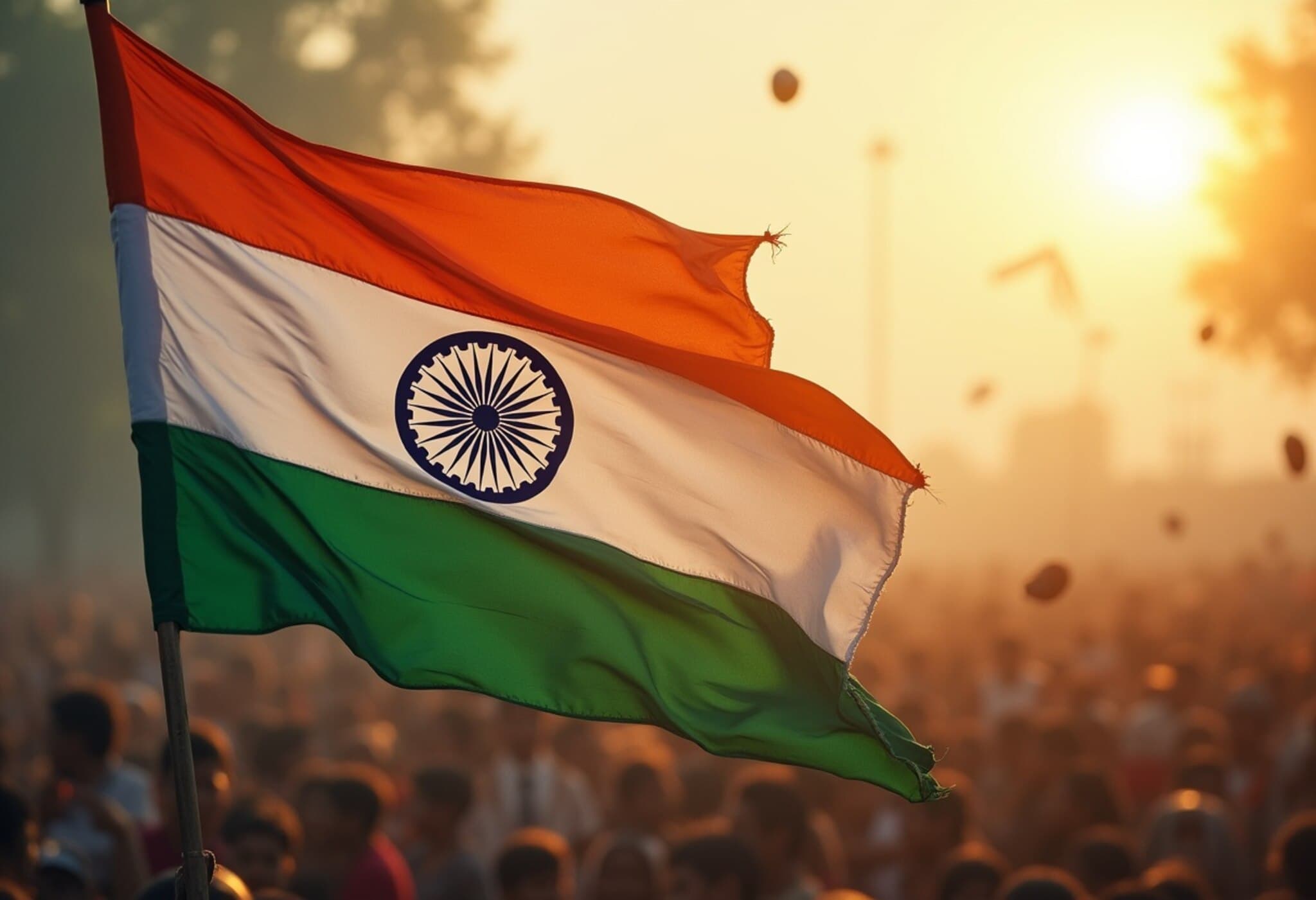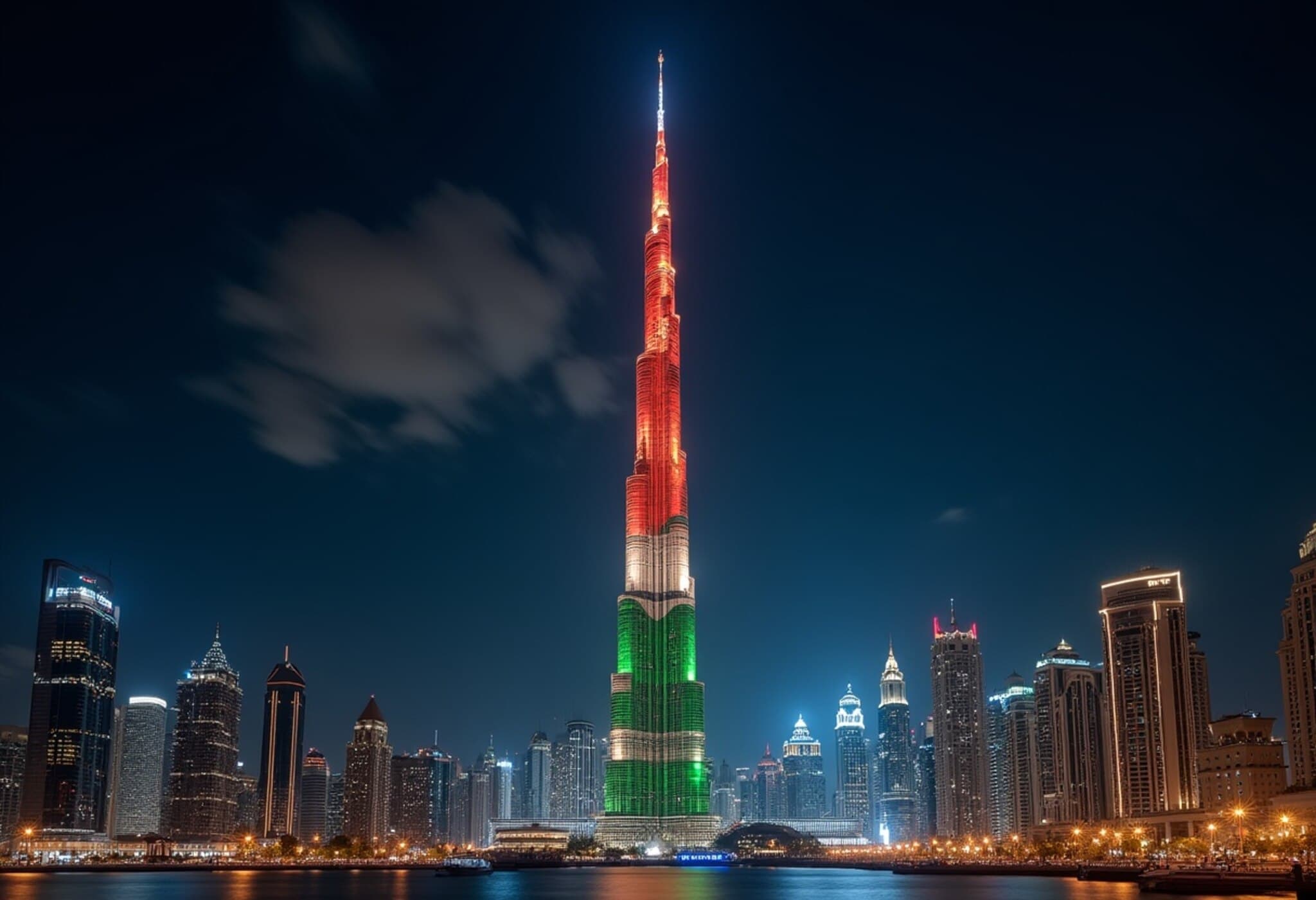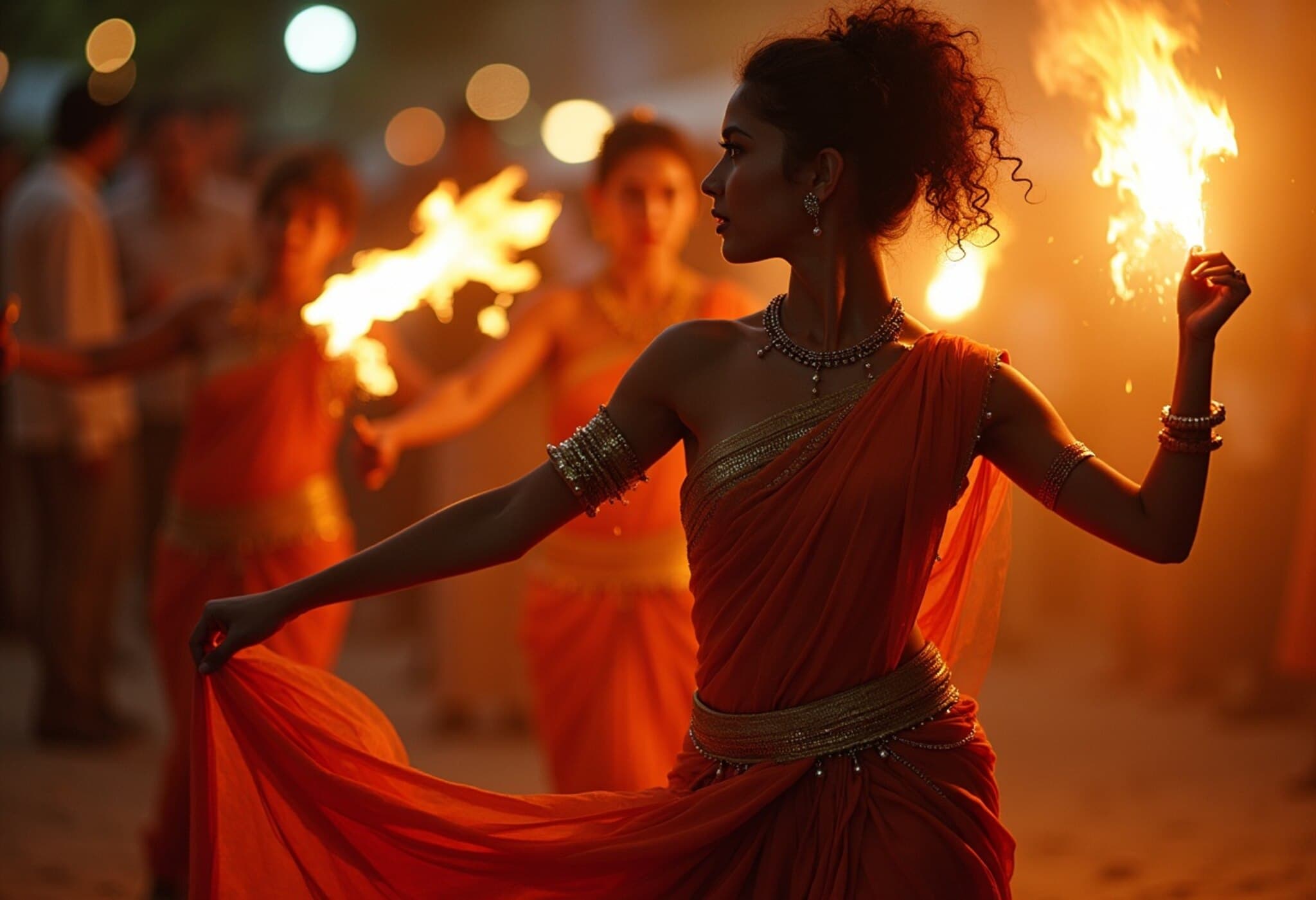US-India Ties Highlighted on India’s 79th Independence Day
On August 15, 2025, the United States officially congratulated India as it celebrated its 79th Independence Day, underscoring the deepening bond between the two democracies. US Secretary of State Marco Rubio expressed heartfelt wishes, emphasizing the countries' partnership rooted in a shared vision for peace, security, and prosperity in the Indo-Pacific region.
Shared Vision and Strategic Cooperation
Secretary Rubio remarked, “On behalf of the United States, I extend our congratulations and warm wishes to the people of India as they celebrate their Independence Day.” He highlighted how the US-India relationship transcends traditional diplomacy, including cooperation across vital sectors such as technology, industry, and even space exploration.
“Our two nations are united by our shared vision for a more peaceful, prosperous, and secure Indo-Pacific region,” said Rubio, reinforcing a commitment to jointly tackling 21st-century challenges. The statement further emphasized the determination to ensure a brighter future for both nations through collaboration and innovation.
US Embassy Marks the Occasion on Social Media
The US Embassy in India also seized the occasion to acknowledge the anniversary on X (formerly Twitter), sharing a message that celebrated shared achievements in advancing global peace and prosperity. The Embassy’s post conveyed optimism about strengthening #USIndia partnership in the coming years, reflecting the growing strategic and cultural ties between the countries.
“Happy Independence Day, India! The United States joins India in celebrating this important occasion, honoring our shared achievements in advancing global peace and prosperity. We look forward to strengthening the #USIndia partnership in the years ahead.”
— U.S. Embassy India (@USAndIndia)
Context: India’s 79th Independence Day and the Theme “Naya Bharat”
This year’s celebrations embraced the theme “Naya Bharat” (New India), embodying a vision for the nation’s future marked by growth, resilience, and innovation. Prime Minister Narendra Modi’s address from the Red Fort was notably the longest in history, clocking in at 103 minutes, illustrating India’s expansive ambitions on the global stage.
His speech included a firm message to neighboring Pakistan, emphasizing that India will not tolerate nuclear blackmail and will respond decisively to any threats, signaling a robust defense posture amid regional security concerns.
Cultural Celebrations Mark the Day
In celebrating India’s rich heritage, Google released a special doodle inspired by centuries-old Indian tile art, weaving together elements like Jaipur’s blue pottery and West Bengal’s terracotta craft traditions. This tribute highlighted the country’s vibrant and diverse artistic legacy, resonating with the theme of cultural pride and national rejuvenation.
Expert Insight: US-India Relations in a Changing Global Landscape
The growing US-India partnership reflects more than ceremonial goodwill; it embodies a strategic alignment critical in today’s multipolar world. Experts note that India’s emergence as a major economic and technological powerhouse, combined with its democratic values, aligns closely with US interests in balancing regional dynamics, particularly amidst increasing challenges from China’s geopolitical ambitions.
Furthermore, cooperation in fields like critical technologies and space exploration is poised to accelerate disruptions, such as advancements in satellite technologies and cybersecurity collaborations, thus strengthening bilateral ties beyond diplomacy into concrete innovation fronts.
Underreported Perspectives: The Role of Public Diplomacy
While high-level statements dominate headlines, underreported is the role of public diplomacy, cultural exchanges, and people-to-people connections that help cement enduring US-India ties. From academic collaborations to business partnerships and diaspora engagement, these layers add depth to the bilateral relationship, shaping perceptions and fostering mutual respect across generations.
Looking Ahead: Challenges and Opportunities
- Regional Security: Navigating ongoing tensions in South Asia requires sustained diplomatic engagement and defense coordination.
- Technological Collaboration: Expanding cooperation in emerging technologies, including AI and green energy, offers pathways for mutual growth.
- Cultural Exchange: Amplifying cultural diplomacy can build stronger grassroots connections, supporting policy frameworks.
Editor's Note
As India steps into its 79th year of independence, the strengthening of US-India relations stands out not merely as a tale of diplomatic formalities but as a testament to shared democratic ideals and strategic foresight. This partnership will undoubtedly be instrumental in shaping the Indo-Pacific’s future security and prosperity. Readers are encouraged to reflect on how such global alliances influence domestic policies and personal experiences, urging continued dialogue and exploration of nuanced perspectives beyond headlines.
Source insights compiled with inputs from the US State Department and recent statements from key diplomatic actors.

